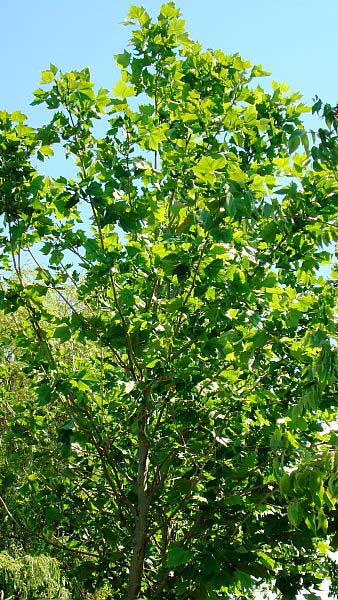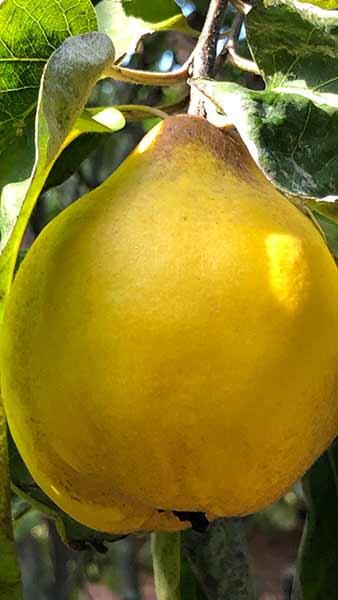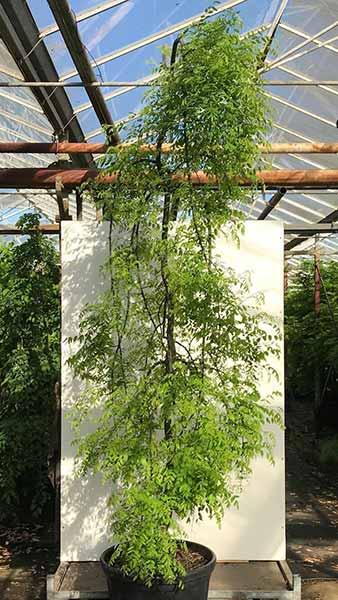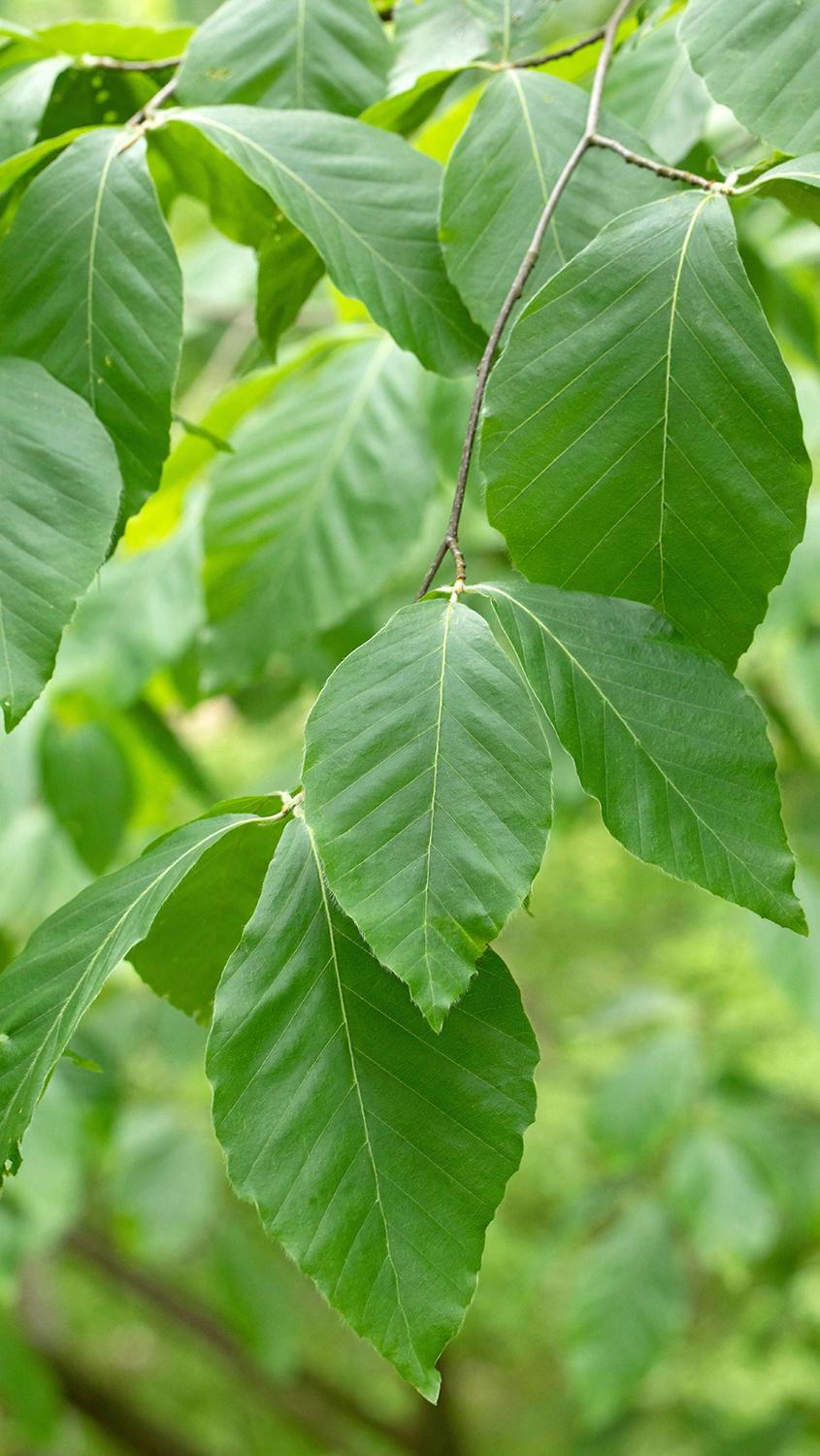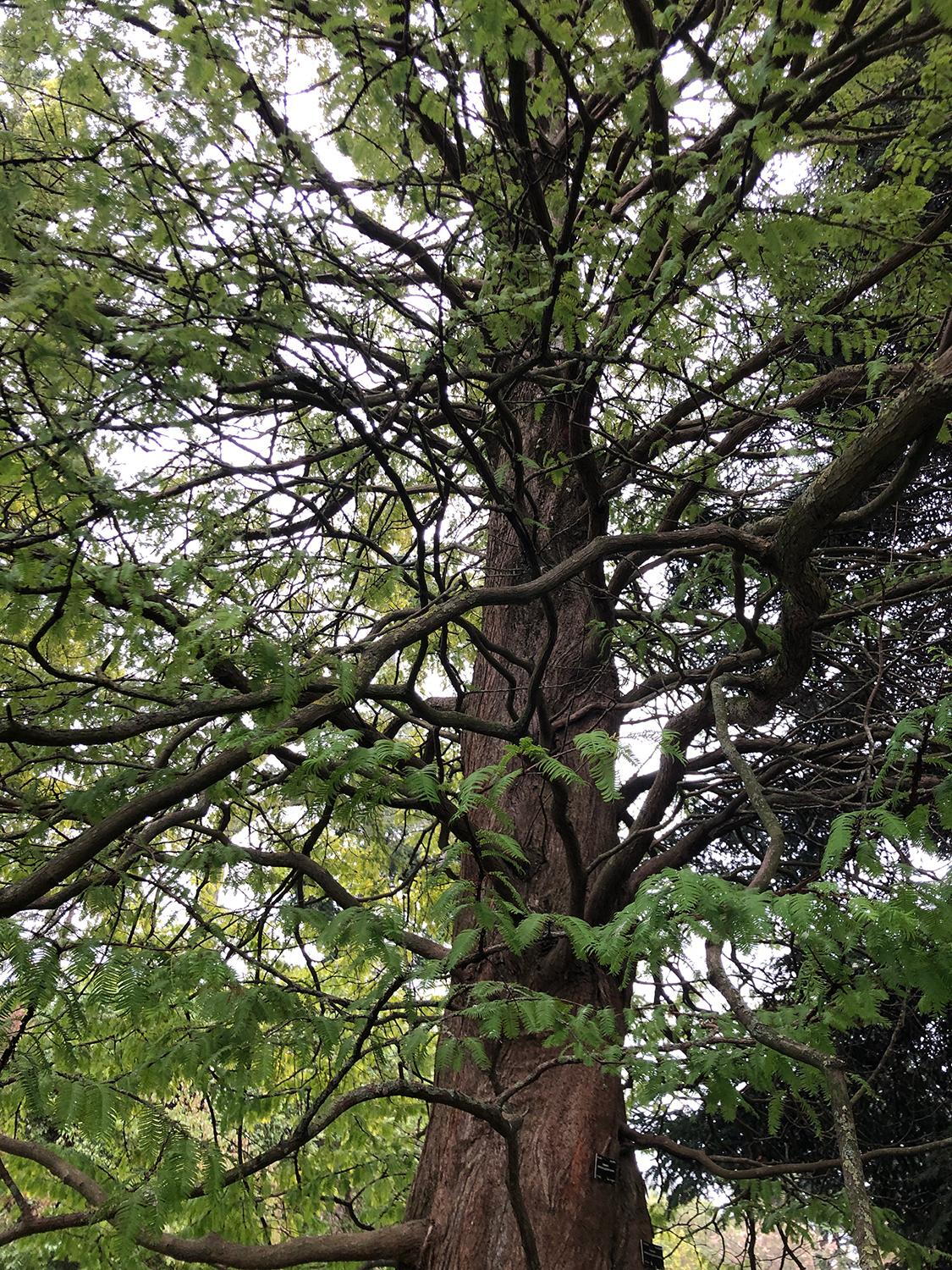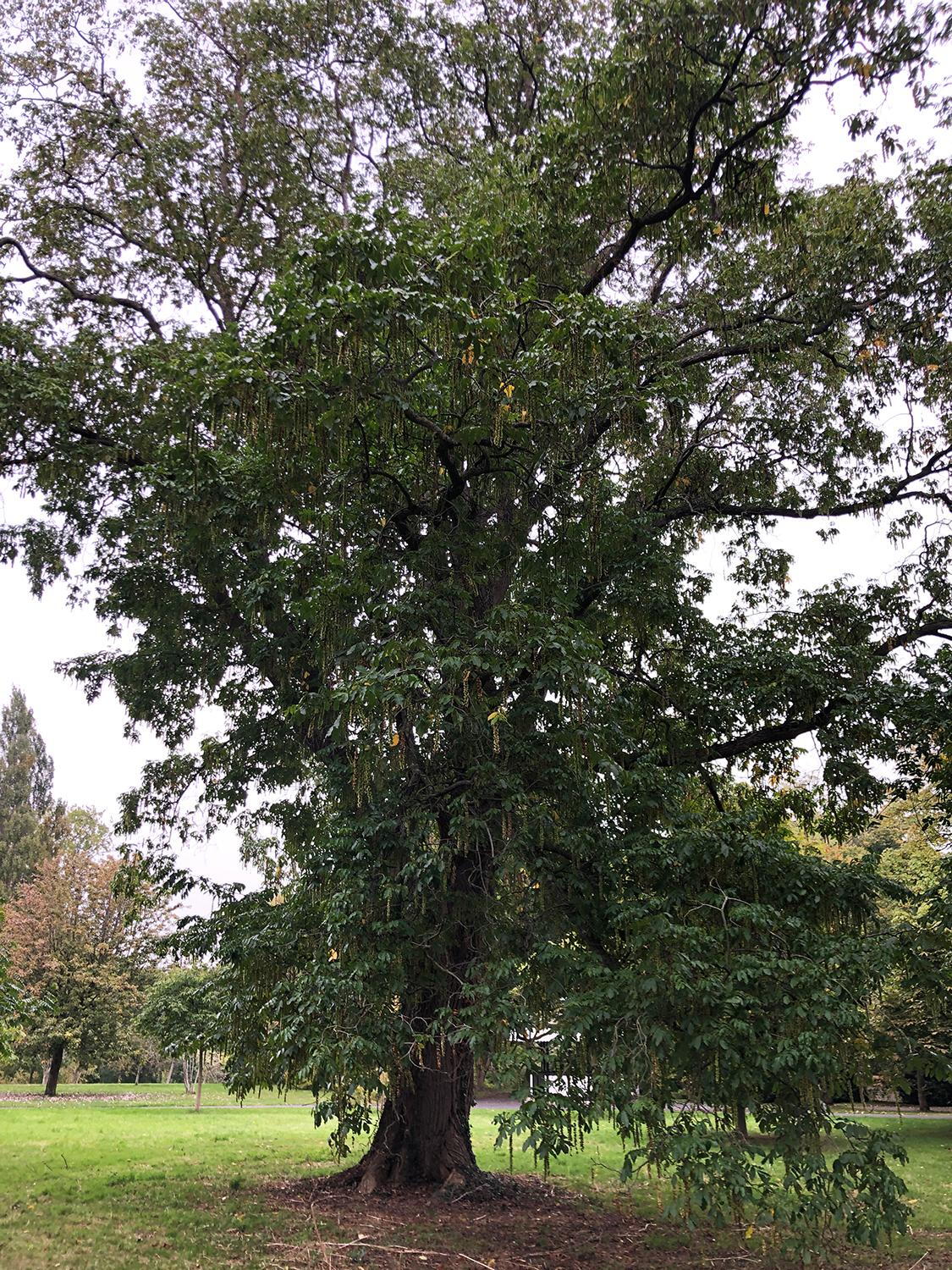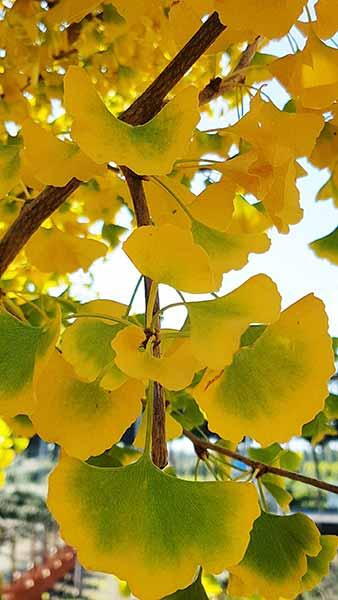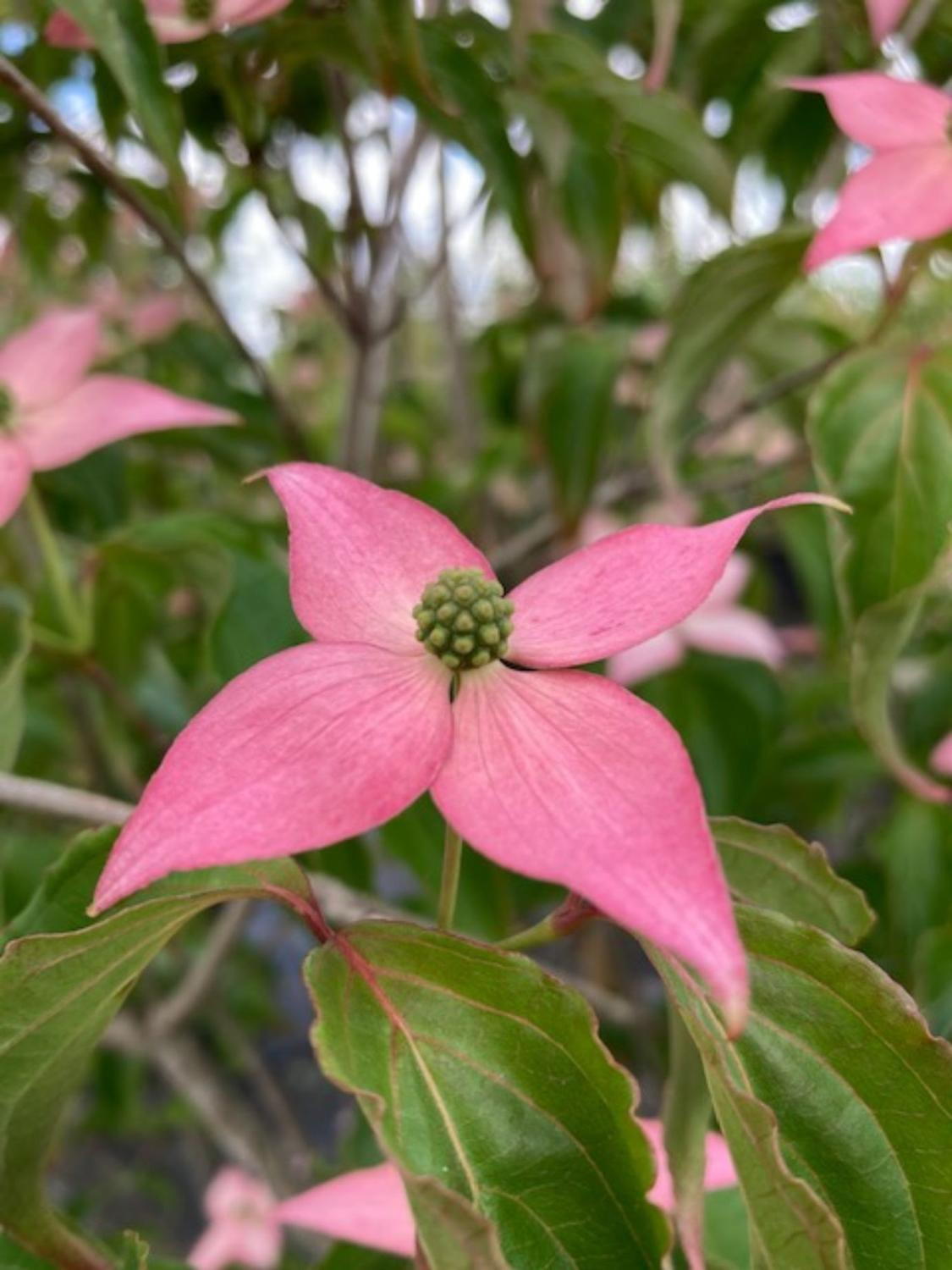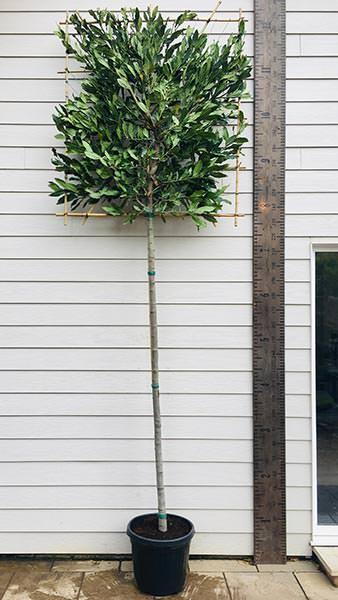Metasequoia Glyptostroboides or Dawn Redwood Tree for Sale
Metasequoia Glyptostroboides or Dawn Redwood is a rare, deciduous conifer. It is a tree with a fascinating history. Its attractive shape, unusual foliage habit and beautiful autumn colouring make it an interesting addition to the landscape. Metasequoia Glyptostroboides is closely related to the Sequoiadendron Giganteum (Giant Redwood). In the prehistoric Tertiary period it was one of the most common trees in the northern hemisphere, but was believed to have died out millions of years ago. However, in the 1940’s, a few survivors were thankfully discovered in a remote region of China and the since then, the Dawn Redwood has been introduced to the gardens and landscapes of the world. It is still considered endangered, so growing a Dawn Redwood helps to preserve the species! It is an extremely attractive large specimen tree, which is unusual in that it is a conifer that sheds its leaves. In spring and summer, the soft, pale green linear leaves turn to yellow and dramatically to vibrant reddish-brown in the autumn. The reddish-brown fibrous bark adds more visual interest.Hardy throughout the UK and Continental Europe, Metasequoia Glyptostroboides will reach 10 metres high and 5 metres wide in 20 years, and then grow to a mature height of 40+ metres and spread of 15 metres in 50 years. Dawn Redwoods will grow taller in regions where there are hot summers. No pruning is required to maintain its pyramidal crown. Metasequoia Glyptostroboides should be planted in full sun in any soil type, in an exposed or sheltered position. While they will grow happily in waterlogged soil, they will also grow well in more well-drained soil as well, but if the ground is dry they will not reach the same height. Not susceptible to pests or diseases, they are extremely low-maintenance once established. While Dawn Redwood has a low tolerance for salt, making it less suitable for coastal plantings, it is resistant to pollution, and so will do well in city locations. In country settings, it is deer resistant. Metasequoia Glyptostroboides is a big tree, much like its Giant Redwood cousin, and so is not suited to small spaces. However, in a larger garden, a Dawn Redwood will make a magnificent specimen planting as the focal point in a lawn. A row of Metasequoia Glyptostroboides lining an avenue or street would be a striking sight, as would a grouping on a larger country property.Metasequoia Glyptostroboides, low-maintenance and with beautiful foliage, is not just a magnificent tree, but also a part of ancient history!
